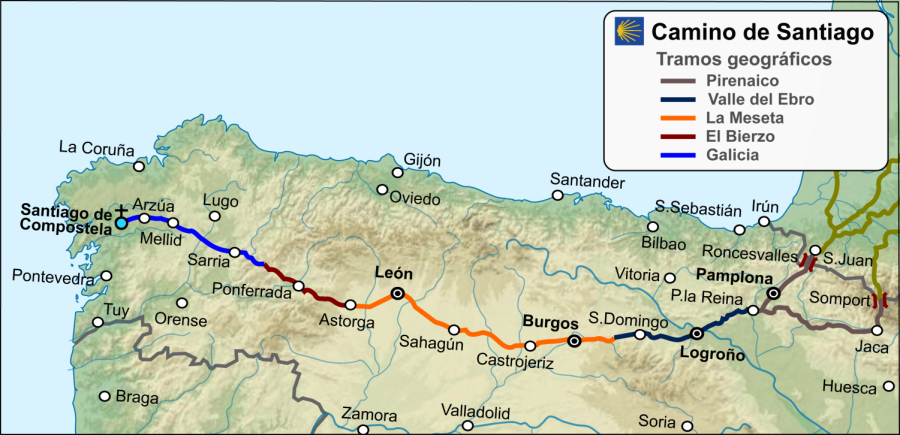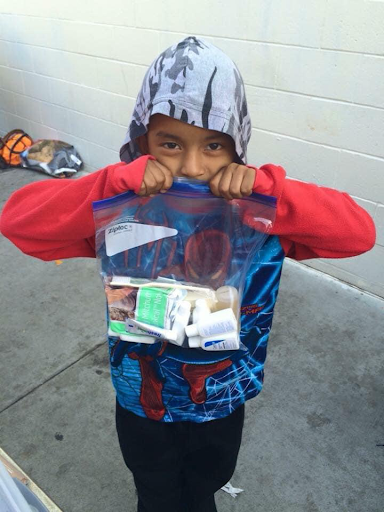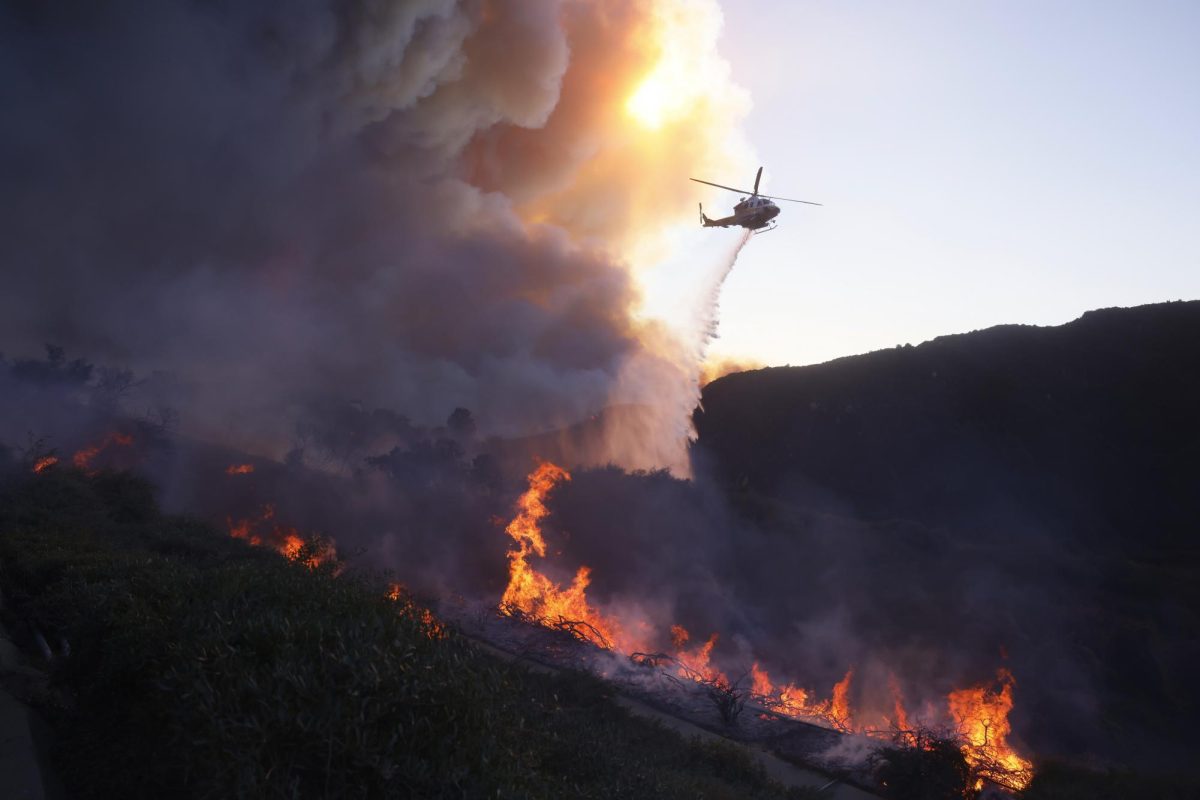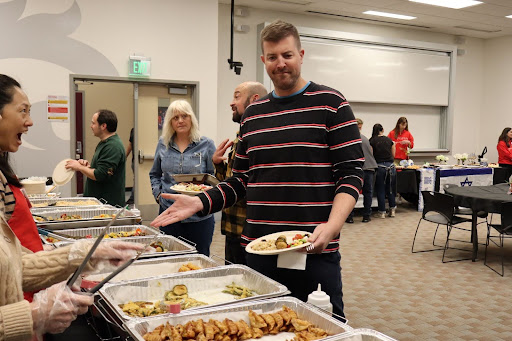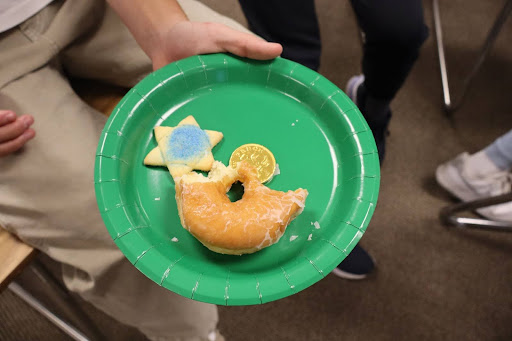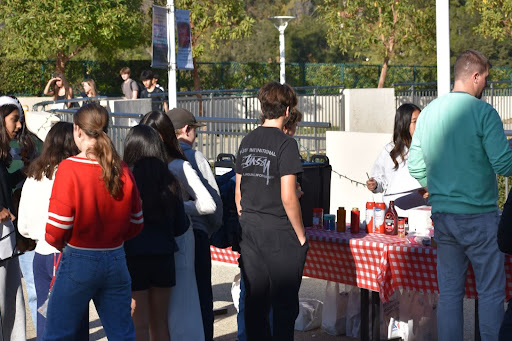This summer, Harvard-Westlake (HW) Middle School is offering two trips to foreign countries. One is a World War II-themed trip to Europe, and the second is a hiking journey in Northern Spain.
The summer of 2022 is the first year that HW has offered the experience in Spain. Sold as the school’s most adventurous trip, students will trek 63 miles of the Camino de Santiago, a pilgrimage site leading to the cathedral of Santiago de Compostela, where tradition holds Saint James the Great is buried.
The trip’s leader is Spanish teacher Andrew Brabbee who worked for the Oxbridge summer program in Spain for 10 years, and wished to run a similar program with HW. Chaplain Anne Gardener, who is co-running the trip, previously hiked the Camino de Santiago herself.
All applicants submitted an application to a committee, which contacted teachers and deans to select students to fit the trip. The trip consists of just two groups of six students; “We want to have a really small group that we bond with,” Brabbee said. “We are going to spend a lot of time together.”
Being the Camino de Santiago trip’s first year, everything was new, including the trip’s support.
“I was [happy with the support], I think it is something I’d like to continue to build, and do for the foreseeable future and run these trips every summer,” Brabbee said. “For the first year we certainly had more applicants than we had spaces available.”
Last summer, HW’s summer trips were cancelled due to the COVID-19 pandemic. However, Brabee believes this year hopes seem higher.
“At this point it’s all speculation,” he said. “I feel pretty good with vaccines and boosters.”
Students will arrive in Madrid, then take a train to the town of Sarria, in Northern Spain. From Sarria, the students will spend seven days hiking a 70-mile portion of the Camino de Santiago, ending in the town of Santiago de Compostela. After their hike, students will take a day trip to the town of Fistera, then head to Madrid, where the trip will end a few days later.
“We’ve made some changes to the itinerary,” Brabbee said. “[There is] not a ton of time to do sightseeing, but I anticipate we will have some good group meals together and explore some of the restaurants.”
History teacher George Gaskin is leading the World War II trip. The itinerary includes numerous historical sites across England, France, Belgium and Germany, including the Sachsenhausen concentration camp and Churchill war rooms, an underground bunker and command site for the British government during the war.
Like Brabbee, Gaskin is cautiously optimistic that the trip will go forward this year, yet with stricter coronavirus protocols.
“The standard requirements that are in place are that we have to get tested before we leave and we have to get tested before we return to the country,” he said. “We’ll probably have to wear masks indoors wherever we go. But as far as any other fundamental changes, I don’t know what to expect.”
Despite concerns over the pandemic, an unexpectedly large number of students applied for the trip. “Several years ago,” Gaskin said, “we did a World War II trip, and after it had been advertised for the first few weeks, we had three or four people signing up. You know, so it took a while for people to sign up, and we ended up going with 33, which is a great number. This time around, it filled up very quickly.”
Gaskin said the most memorable part of the experience in previous years was their visit to the coast of Normandy, France. As a part of the D-Day operation, Allied soldiers stormed the beaches, a starting point for the liberation of Europe from Nazi Germany.
“You think about walking into the slaughter of D-Day,” Gaskin said. “At Omaha Beach there, people getting off the ship, people knowing that there’s a really good chance they might not survive. And, you think about the sacrifice they gave there.”
To Gaskin, the trip provides an opportunity for deeper learning about World War II.
“I want people to have the experience of visiting these places,” he said. “It gives you a different perspective for what happened there, and a different understanding about it. I didn’t realize that until I first visited an historic site and I thought, ‘Oh my gosh, I understand a lot more about this now.’”
